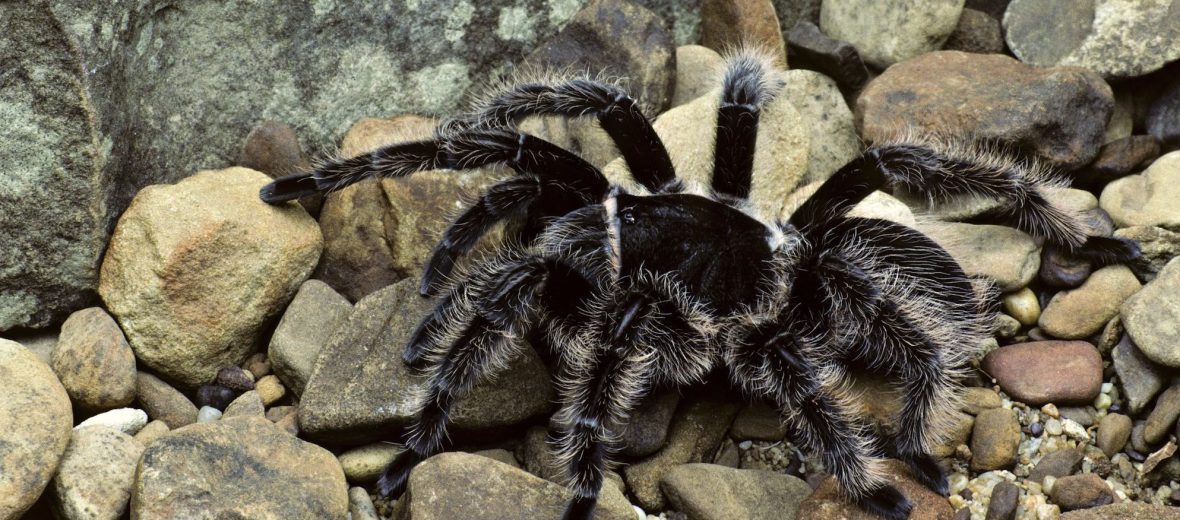
The curly-haired tarantula is so named due to the hairs that cover their body having a slight curl to them. These cool critters can be found in Costa Rica and Nicaragua. They’re also found in specialty pet shops. I have worked with these tarantulas quite a bit. They are generally peaceful and reluctant to bite, unless mishandled or threatened. These arachnids are not currently evaluated by the IUCN.
First the Stats…
Scientific name: Tliltocatl albopilosus
Length: Up to 2.8 inches, plus up to a 6+ inch leg span
Lifespan: Up to 20 years
Now on to the Facts!
1.) The curly-haired tarantula is not only terrestrial (spend their lives on the ground), but they are also fossorial (spend their lives underground).
2.) Males typically have a lighter bronze coloration than females.
3.) Carlos Valerio first described this arachnid species in 1980.
4.) They can be found around tropical scrubland, near the bases of large trees, close to rivers, or in sections of cleared rain forests.
5.) These spiders are nocturnal (active at night).
But wait, there’s more on the curly-haired tarantula!
6.) If a female is not receptive to mating, she will often kill and eat the approaching male suitor.
7.) Females lay up to 500 eggs, several weeks after mating. These eggs are housed in an egg sac.
Did you know…?
At the tip of each leg is an area that is used for taste and vibration detection.
8.) Their prey consists of insects and small mice.
9.) Like other tarantulas, their venom acts as a neurotoxin as well as a digestive enzyme.
10.) When threatened, they will kick their urticating hairs from their abdomen, with the intent of getting the hairs into the eyes of their attacker. This can cause blindness. If the hairs are accidentally rubbed into the skin, an irritating and uncomfortable rash occurs.
But wait, there’s still more on the curly-haired tarantula!
11.) The primary threat these critters face in the wild is habitat destruction. They used to be over-collected for the pet trade, but these tarantulas breed readily in captivity, so there is no longer a need to take them from the wild.
12.) Do to their docile temperament, they are often popular first pets for folks interested in tarantulas.
Now a Short Curly-Haired Tarantula Video!
Be sure to share & comment below! Also, check out the Critter Science YouTube channel. Videos added regularly!
Want to suggest a critter for me to write about? Let me know here.



